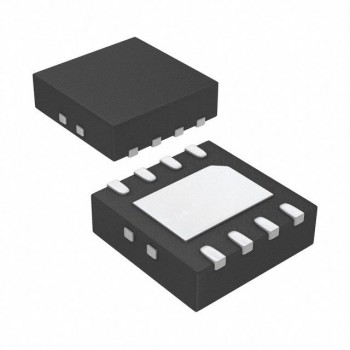Operational amplifiers, commonly known as op-amps, are widely used in electronic circuits for their versatility and high gain. However, one of the challenges in using op-amps is the presence of bias currents, which can affect the performance of the amplifier and the overall circuit. In this article, we will discuss the concept of bias current in operational amplifiers and explore various methods to mitigate its impact on circuit performance.

Bias current in operational amplifiers refers to the small amount of current that flows into the input terminals of the amplifier. This current is typically on the order of nanoamperes to microamperes and is caused by the mismatch in the characteristics of the input transistors within the op-amp. The presence of bias current can lead to offset voltages at the output of the amplifier, which can introduce errors in the circuit operation, especially in applications that require high precision.
One common method to address the effects of bias current is to use a feedback network in the op-amp circuit. By employing a feedback resistor network, the bias currents from the input terminals are effectively canceled out, reducing the impact of bias current on the output voltage. This technique is often referred to as "nulling" the bias current and is a simple yet effective way to minimize the influence of bias currents in op-amp circuits.
Another approach to mitigate the effects of bias current is to use a precision op-amp with low input bias current specifications. Precision op-amps are designed to have minimal bias currents, which significantly reduces the offset voltages at the output. By selecting op-amps with low input bias currents, circuit designers can minimize the impact of bias currents on the overall performance of the circuit.
In addition to feedback networks and precision op-amps, another method to eliminate the effects of bias current is to employ chopper stabilization techniques. Chopper-stabilized op-amps utilize internal switching mechanisms to modulate the input signals, effectively canceling out the effects of bias currents. This technique is particularly useful in applications where high precision and stability are required, such as in instrumentation and measurement circuits.
Furthermore, using matched input resistors at the input terminals of the op-amp can help minimize the impact of bias currents. By carefully matching the resistance values of the input resistors, the effects of bias currents can be balanced, reducing the offset voltages at the output of the amplifier.
It is important to note that while the aforementioned methods can help mitigate the effects of bias current, they may introduce trade-offs such as increased complexity, cost, and power consumption. Therefore, circuit designers should carefully evaluate the specific requirements of their application and choose the most suitable method to address the bias current issues in their op-amp circuits.
In conclusion, bias current in operational amplifiers can have a significant impact on circuit performance, leading to offset voltages and errors in the output. By utilizing feedback networks, precision op-amps, chopper stabilization techniques, and matched input resistors, the effects of bias current can be effectively minimized. Understanding the concept of bias current and employing appropriate mitigation techniques is crucial for ensuring the reliable and accurate operation of op-amp circuits in various electronic applications.

